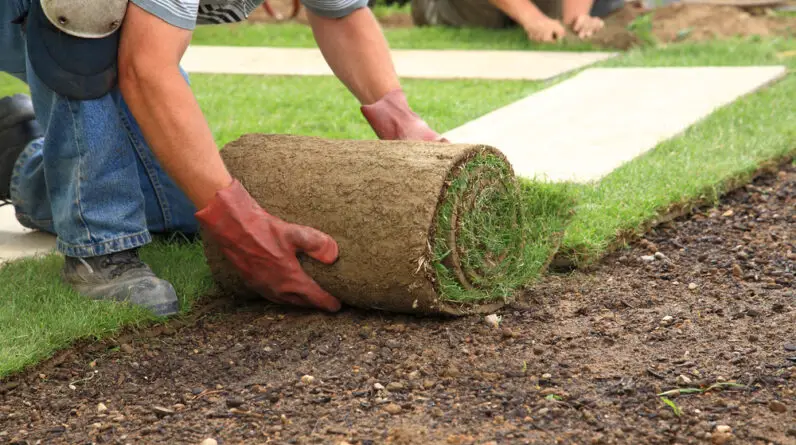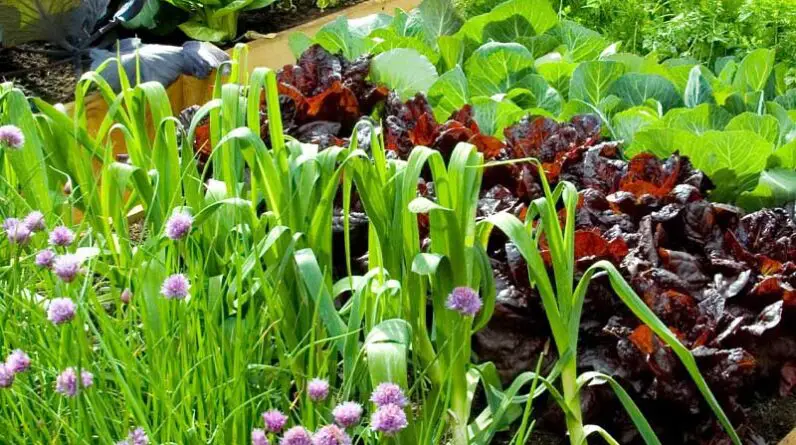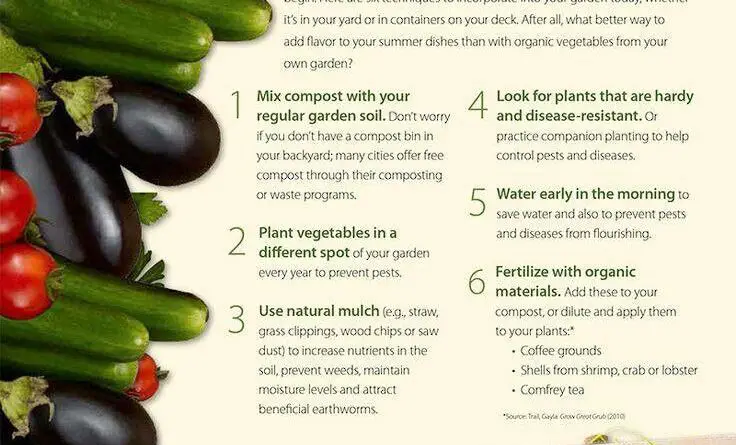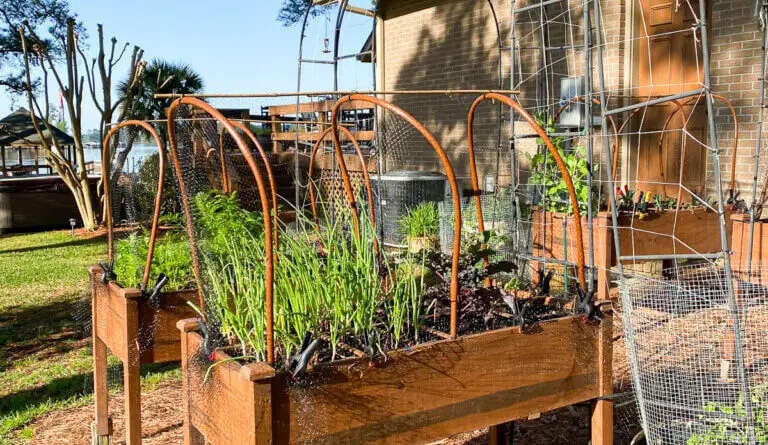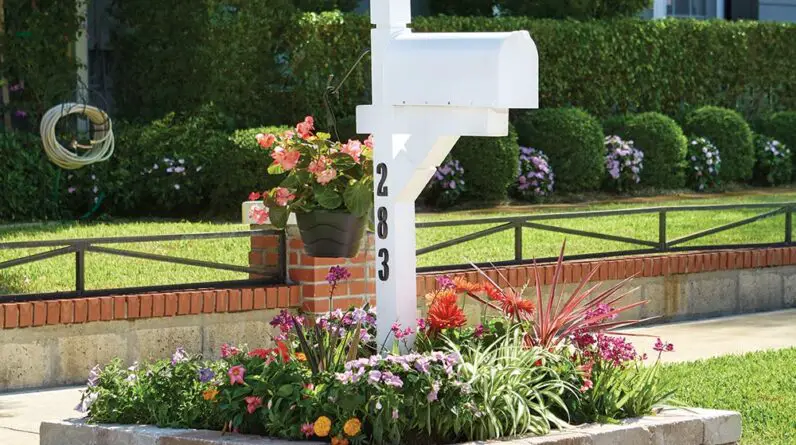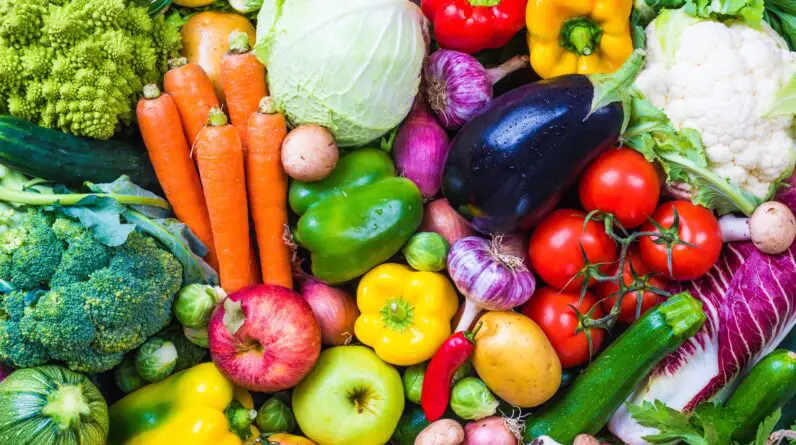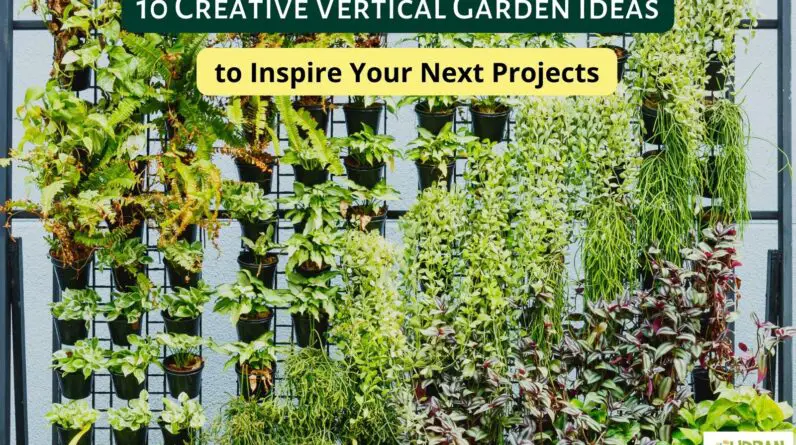
Introduction
Urban gardening is a rising trend that allows individuals to grow plants and vegetables in small, urban spaces. With limited access to large yards or open fields, urban gardening offers creative solutions to incorporate plants into your daily life. In this article, I will share ten creative ideas for urban gardening that will inspire you to transform your living space into a green oasis.
Importance of Urban Gardening
Urban gardening plays a crucial role in promoting sustainability and reconnecting individuals with nature. By utilizing small spaces such as balconies, rooftops, or even windowsills, urban gardening allows city dwellers to actively participate in the food production process. It fosters a sense of community, as neighbors can collaborate to create shared green spaces. Moreover, urban gardening brings numerous environmental benefits, including improved air quality, reduced urban heat effect, and increased biodiversity.
Benefits of Urban Gardening
Apart from its positive impact on the environment, urban gardening offers many personal benefits as well. First and foremost, it provides access to fresh, homegrown produce, ensuring a healthier and more nutritious diet. Gardening also serves as a stress-relieving activity, providing a sense of relaxation and fulfillment. Furthermore, it allows individuals to reconnect with their food sources, promoting a deeper understanding and appreciation of the natural world.
In the following sections, I will explore ten creative urban gardening ideas that will help you maximize your gardening space despite living in an urban environment. Let’s dive in!
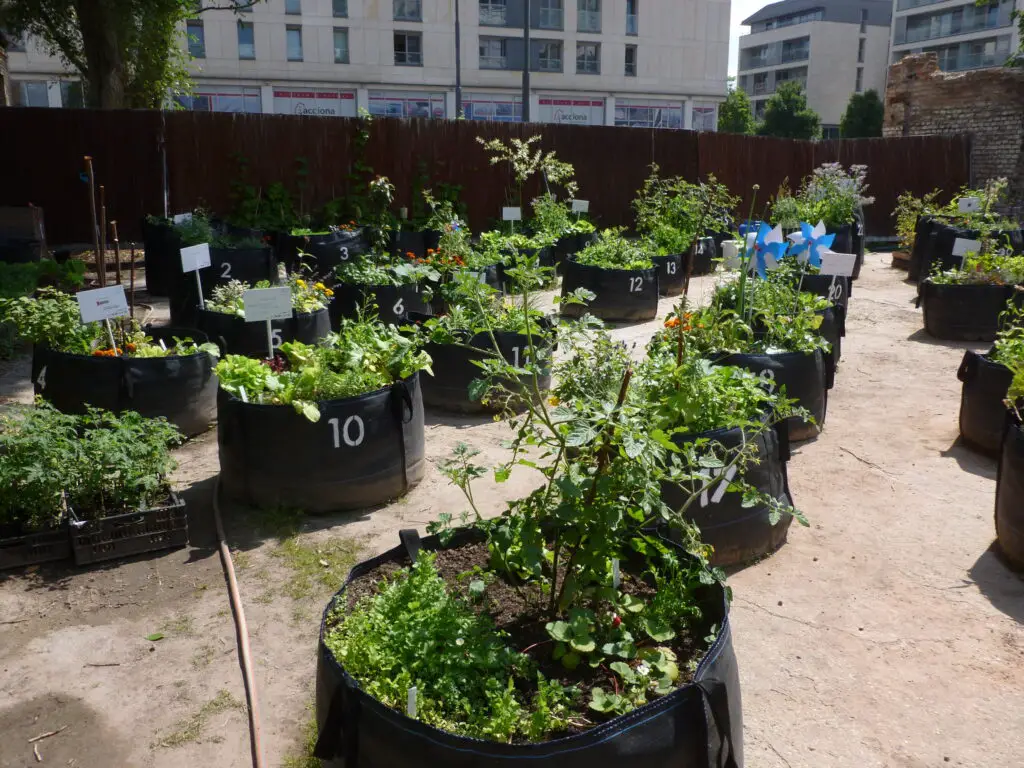
This image is property of gardensavvy.com.
1. Container Gardening
Container gardening is a popular and creative way to bring greenery into your urban space. With limited space, container gardening allows you to grow plants in small, portable containers, making it ideal for balconies, patios, and rooftops. Here are some tips to get started:
Choosing the Right Containers
When selecting containers for your urban garden, consider the material, size, and drainage. Choose containers made of plastic, terracotta, or fabric that will withstand the elements. Ensure that they have adequate drainage holes to prevent waterlogging and root rot.
Selecting Suitable Plants for Containers
Choose plants that are well-suited to container gardening, such as herbs, vegetables, flowers, and small shrubs. Consider the amount of sunlight and space available in your urban environment. Opt for dwarf or compact varieties that will thrive in confined spaces.
Tips for Maintaining Container Gardens
To keep your container garden flourishing, follow these maintenance tips: water regularly and thoroughly, as containers tend to dry out quickly; fertilize plants with a slow-release fertilizer; prune and trim plants to encourage healthy growth; and be vigilant for pests and diseases, addressing them promptly.
With these creative urban gardening ideas, you can enjoy a lush green oasis in the heart of the city. Experiment with various containers, plants, and arrangements, and let your green thumb thrive!
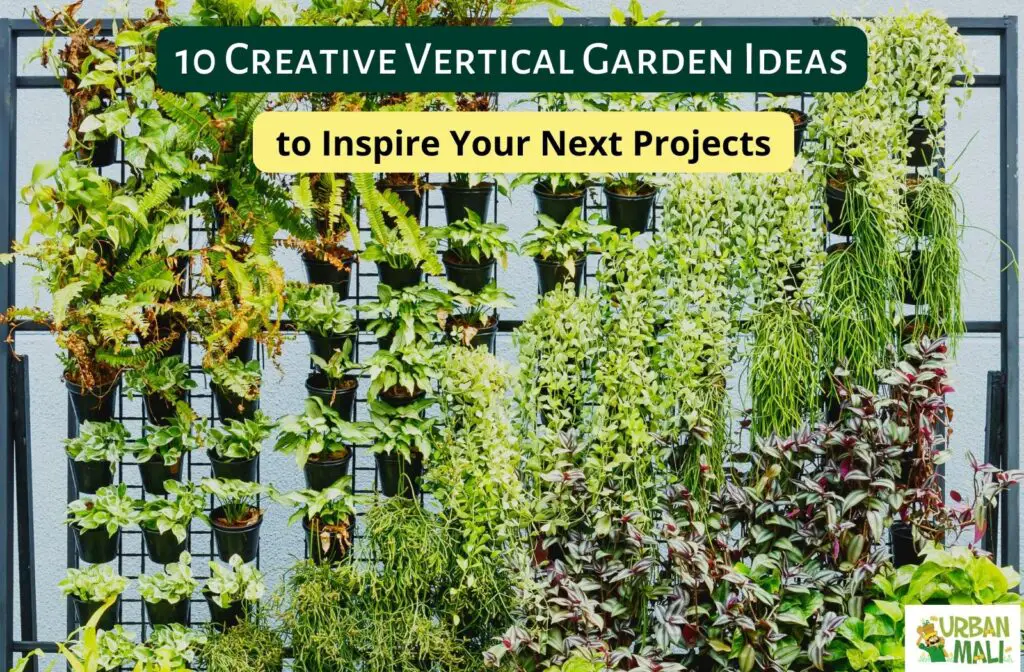
This image is property of cdn.shopify.com.
2. Vertical Gardening
Vertical gardening is an innovative and practical solution for maximizing space in urban areas. It allows you to create a lush and green oasis even in the smallest of spaces. There are several types of vertical gardens to choose from, each with its own unique advantages.
Types of Vertical Gardens
One popular type of vertical garden is the living wall, where plants are grown directly in a vertical structure attached to a wall or fence. Another option is a vertical planter, which consists of stacked or hanging containers that can be easily installed on balconies or stoops. Additionally, you can opt for a trellis system, where plants climb up supports or wires, creating a visually appealing display.
Choosing Plants for Vertical Gardens
When selecting plants for your vertical garden, consider their growth habits and their light and water requirements. Choose plants that are compact, have shallow root systems, and thrive in vertical environments. Popular choices include herbs, succulents, and flowering vines like morning glory.
Tips for Designing and Maintaining Vertical Gardens
Designing a vertical garden requires careful planning. Consider the overall structure, plant placement, and irrigation system. Ensure that your structure is secure and can support the weight of the plants. Regularly monitor the moisture levels and provide adequate water and nutrients to keep your plants healthy.
Vertical gardening is a fantastic way to bring greenery into urban spaces. With a little creativity and proper care, you can transform your walls or fences into stunning, thriving gardens. Experiment with different vertical garden types and plant combinations to create a unique and beautiful oasis right in the heart of the city.
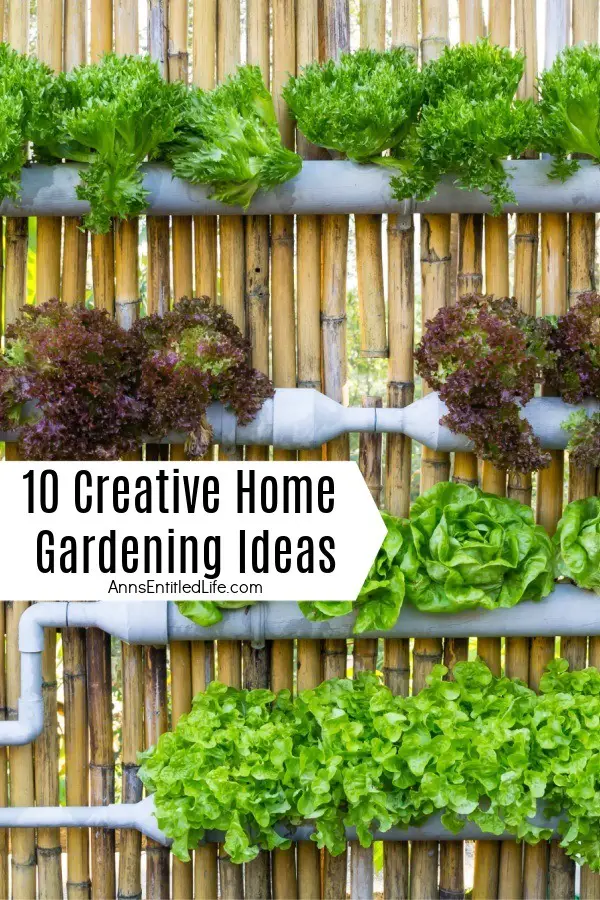
This image is property of www.annsentitledlife.com.
3. Rooftop Gardening
Urban gardening has become increasingly popular in recent years, and one creative way to make use of limited space is rooftop gardening. By utilizing rooftop areas, you can transform them into green oases and enjoy the benefits of gardening, even in the heart of the city. However, before diving into rooftop gardening, there are a few important considerations to keep in mind.
Preparation and Safety Measures for Rooftop Gardening
Before starting your rooftop garden, it’s crucial to ensure that the structure is capable of supporting the weight of the garden beds, soil, and plants. Consult with a professional to assess the structural integrity and make any necessary reinforcements. In addition, consider implementing safety measures such as perimeter barriers or railings to prevent accidents and ensure the well-being of both gardeners and passerby.
Choosing the Right Plants for Rooftop Gardens
Selecting the appropriate plants for your rooftop garden is crucial for its success. Opt for plants that are well-suited to the specific conditions of rooftop environments, such as high wind exposure and limited soil depth. Drought-tolerant plants like succulents, herbs, and dwarf fruit trees are excellent options, as they require less water and are resilient in adverse conditions.
Irrigation and Drainage Considerations for Rooftop Gardening
Proper irrigation and drainage are vital for the health of your rooftop garden. Install an efficient irrigation system that evenly distributes water to the plants. Additionally, ensure that the garden beds have sufficient drainage, as excess water accumulation can damage the plants and compromise the integrity of the rooftop structure. Incorporating pebbles or gravel into the soil mixture can help improve drainage.
By following these preparation and safety measures and choosing the right plants for rooftop gardens, you can create a beautiful and thriving urban oasis. Proper irrigation and drainage will ensure the health and longevity of your rooftop garden, allowing you to reap the benefits of fresh produce, improved air quality, and a relaxing green space in the midst of the urban jungle. So why wait? Start your rooftop gardening journey today!
4. Micro Gardening
As urban gardening continues to gain popularity, one creative and space-saving idea that I have come across is micro gardening. This technique involves growing plants in small containers or even vertical spaces, making it perfect for individuals living in apartments or small homes with limited outdoor space.
Benefits of Micro Gardening
Micro gardening offers numerous benefits, making it an ideal choice for urban dwellers. Firstly, it allows you to maximize any available space, no matter how small, to grow your favorite plants. Whether it’s on a windowsill, balcony, or even a wall, you can create a green oasis even in the tightest of spaces. Moreover, micro gardens are easy to maintain, requiring less water, fertilizer, and effort compared to traditional gardens.
Designing and Planning a Micro Garden
When it comes to designing and planning your micro garden, creativity is key. Consider using various containers like mason jars, recycled cans, or hanging baskets to add a touch of whimsy to your space. You can also experiment with vertical gardening by utilizing wall-mounted planters or even repurposing old wooden pallets.
Choosing Suitable Plants for Micro Gardening
Selecting the right plants is vital for the success of your micro garden. Herbs like basil, parsley, and mint are popular choices since they flourish in small spaces and can be easily harvested for cooking. Additionally, leafy greens such as lettuce and spinach are perfect for micro gardening, as they grow quickly and can be continuously harvested for fresh salads.
Incorporating micro gardening into urban spaces is a creative and innovative way to bring nature into our daily lives. With careful planning and the right plants, you can enjoy the beauty and benefits of gardening, no matter how limited your space may be. So why wait? Start your micro garden today and watch your urban oasis bloom.
5. Herb Gardening
Urban gardening offers a fantastic opportunity to grow fresh herbs right at home. With a little creativity and some basic tools, creating your own herb garden can be a delightful and rewarding experience. Let’s explore the process of setting up an herb garden in the urban environment.
Setting up an Herb Garden
To begin, find a suitable space for your herb garden, whether it’s a sunny windowsill, a balcony, or a small corner in your backyard. Consider using containers, vertical planters, or hanging baskets to maximize space. Ensure your chosen spot receives at least six hours of sunlight daily, and provide adequate drainage to prevent root rot.
Popular Herbs for Urban Gardening
When selecting herbs for your urban garden, consider perennials such as rosemary, thyme, and mint, as they require less maintenance and continuously produce flavorsome leaves. Basil, parsley, and chives are excellent annual herbs that can be easily grown and harvested for culinary use.
Harvesting and Using Herbs from Your Garden
Once your herbs are thriving, it’s time to reap the rewards! Harvest herbs in the morning when their flavors are most potent, and avoid pruning more than a third of the plant at once. Rinse the leaves, pat them dry, and enjoy them fresh in your favorite dishes. Alternatively, dry or freeze the herbs to preserve their flavors for future use.
By incorporating herb gardening into your urban lifestyle, you’ll have an abundant supply of aromatic and flavorful herbs at your fingertips. Get started on this creative urban gardening idea and watch your herb garden flourish!
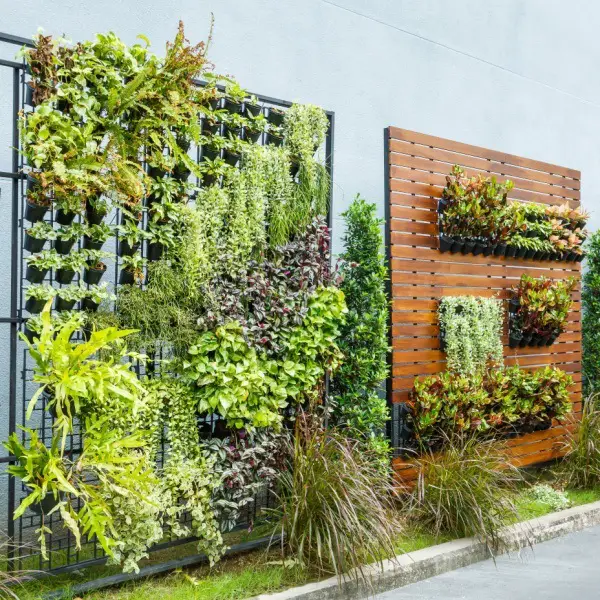
This image is property of www.annsentitledlife.com.
6. Edible Landscaping
When it comes to urban gardening, why limit yourself to just flowers and ornamental plants? With edible landscaping, you can create a beautiful and functional garden that not only looks great but also provides you with fresh and delicious produce right from your own backyard.
Creating a Beautiful and Functional Edible Landscape
Edible landscaping is the perfect way to combine aesthetics and sustainability. Instead of planting traditional grass lawns, consider replacing them with edible plants like berry bushes, fruit trees, or even vegetables. These plants not only add color and texture to your garden but also serve a practical purpose by providing you with a bountiful harvest.
Choosing Edible Plants for Landscaping
When selecting plants for your edible landscape, you need to consider factors like the climate, sunlight exposure, and available space. Opt for plants that are well-suited for your area and can thrive with minimal care. Some popular choices include herbs like rosemary and basil, leafy greens like lettuce and kale, and fruit-bearing shrubs such as blueberries and blackberries.
Maintenance Tips for Edible Landscaping
To ensure the success of your edible landscape, regular maintenance is crucial. This includes watering, fertilizing, and pruning as needed. Additionally, be mindful of pest control by implementing organic and eco-friendly methods. By incorporating these tasks into your gardening routine, you can enjoy a flourishing and abundant edible landscape all year round.
By embracing edible landscaping, you can transform your urban garden into a vibrant, productive, and sustainable space. So why not take advantage of this creative urban gardening idea and start growing your own delicious and beautiful landscape today?
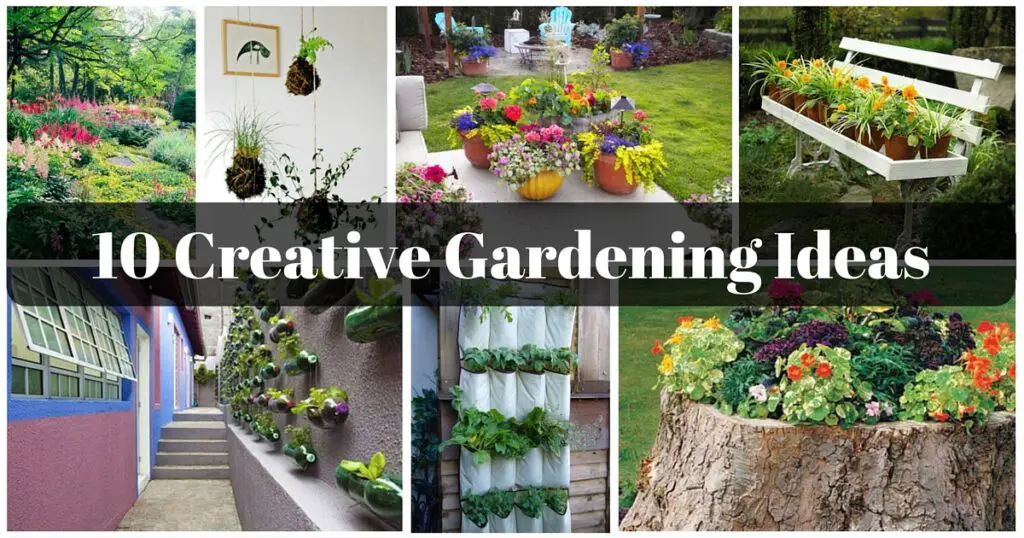
This image is property of yardyum.com.
Conclusion
In conclusion, urban gardening is a thriving trend that offers countless opportunities for creativity and sustainability. By implementing any of the ten creative urban gardening ideas mentioned in this article, individuals can transform their urban spaces into flourishing green havens.
The Future of Urban Gardening
As the world population continues to grow, urban gardening becomes an increasingly important solution to the challenges of food security and environmental sustainability. With limited spaces in cities, vertical gardens and hydroponics systems are likely to become more popular in the future. These innovative approaches allow gardeners to maximize their limited space and grow a variety of plants, even in small apartments or balconies.
Encouraging Community Involvement in Urban Gardening
One of the most exciting aspects of urban gardening is its ability to bring communities together. By creating shared garden spaces or participating in communal gardening projects, urban residents can connect with their neighbors and strengthen bonds. These community gardens not only provide fresh, locally grown produce but also serve as vibrant meeting places for people to exchange knowledge, skills, and experiences.
In conclusion, urban gardening is a sustainable and rewarding practice that offers numerous benefits for individuals and communities alike. By embracing creativity and innovation, urban gardeners can transform their concrete surroundings into thriving green oases, contributing to a greener and healthier future.


